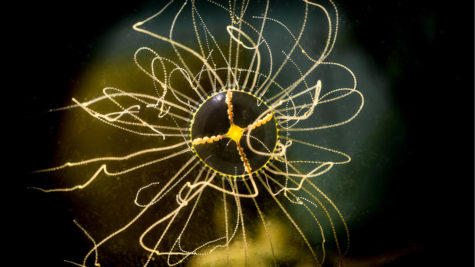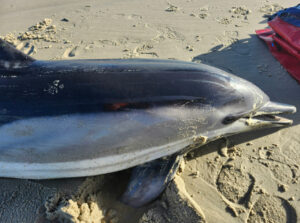 WOODS HOLE – Clinging Jellyfish, a species found along the North Pacific and Atlantic oceans, in particular near the waters near Vladivostok, Russia, were thought to be invasive on the Atlantic Coast. But a recent Woods Hole Oceanographic Institution study found that the creatures may have native populations in the North East.
WOODS HOLE – Clinging Jellyfish, a species found along the North Pacific and Atlantic oceans, in particular near the waters near Vladivostok, Russia, were thought to be invasive on the Atlantic Coast. But a recent Woods Hole Oceanographic Institution study found that the creatures may have native populations in the North East.
Interest in Gonionemus was renewed when stings and symptoms to those previously described off the Russian coast suddenly were reported in the Cape Cod and Northern Seaboard region.
The first genetic study of them has discovered that there may be more than one species of the stinger.
Biologist in Woods Hole Annette Govindarajan lead the study’s authorship and studied the jellies for three years in order to trace its origin off the East Coast.
It shows a genetic match between populations in the Russian area and those found near the U.S.
Seven variants were identified based on tissue samples from Atlantic and Pacific sites.
Besides the question of how many distinct Gonionemus species there, scientists are also seeking answers to what exactly makes some sting. The current hypothesis predicts that it is a combination of both genetics and environment.
Govindarajan and her team are attempting to obtain funding to perform additional genomic analyses which will shed greater light on how invasive forms of the jellies are dispersing.
























